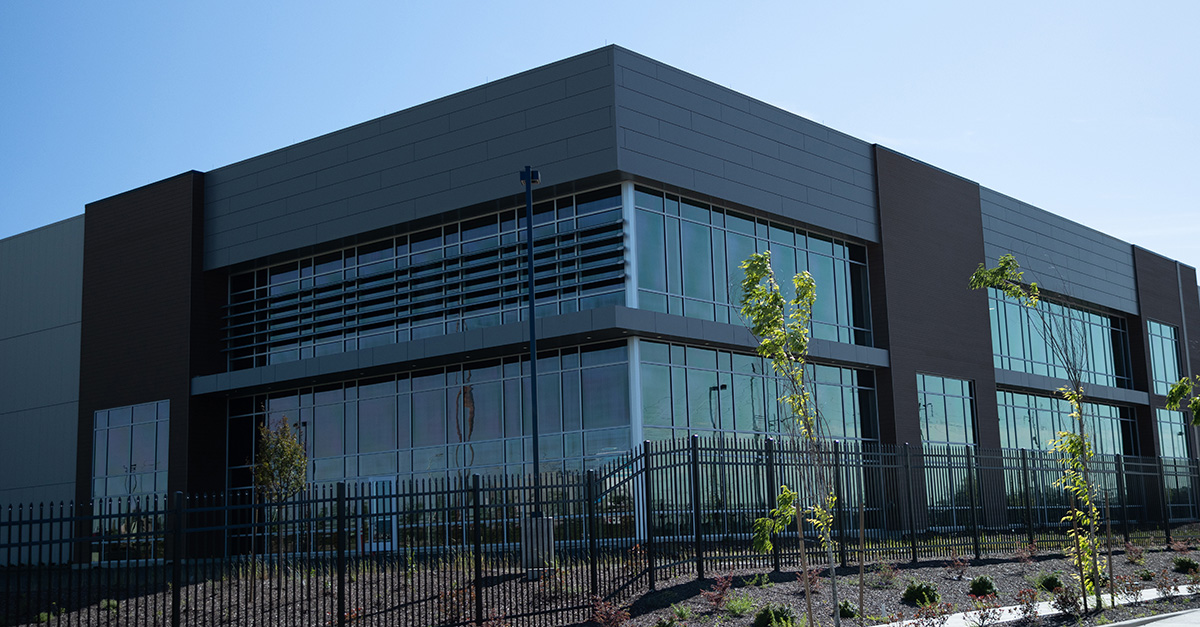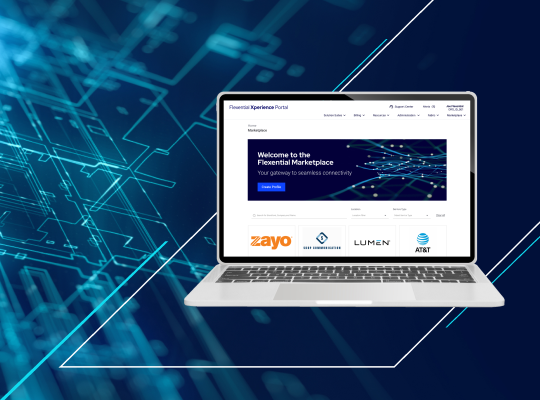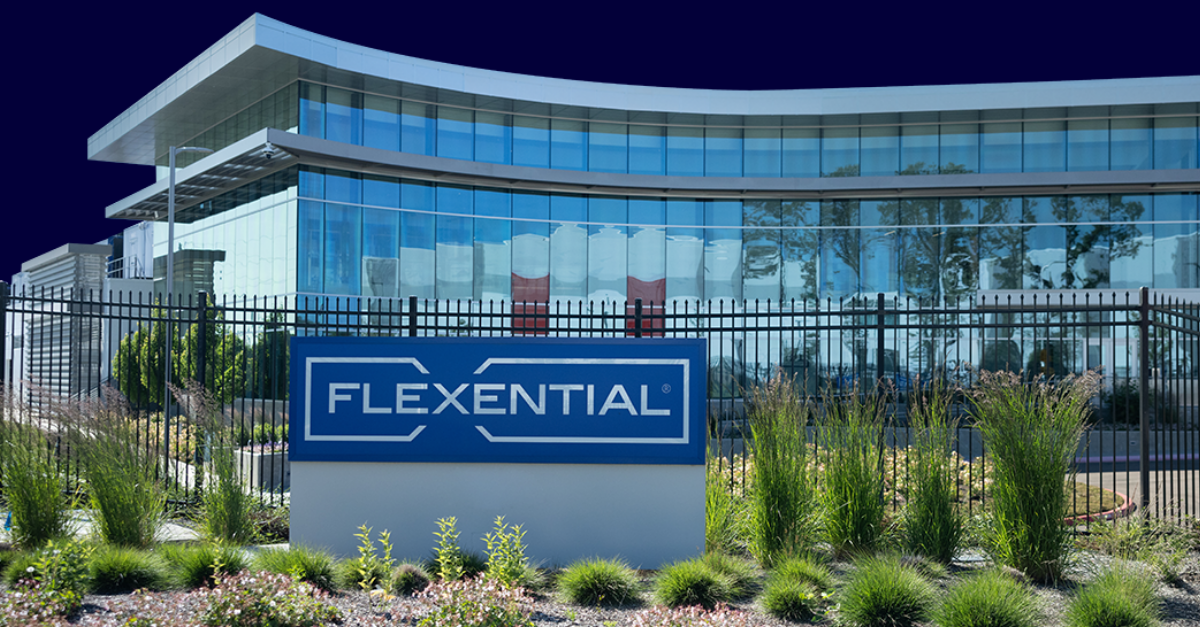3 critical IT needs for your business
Today’s IT leaders are experiencing an urgent shift to enterprise-wide distributed workforces and increased adoption of an “all things digital” operational mode. This calls for digital business acceleration while also increasing organizational resilience.

Understanding your business IT needs is crucial for making informed decisions about technology solutions. Identifying which parts of your IT environment need attention from a third party and which tasks can be managed internally is essential. To determine your business IT needs, consider the following factors:
- Business goals and objectives: Align your IT strategy with your overall business objectives to ensure that technology investments support your growth and operational goals.
- Industry-specific requirements: Different industries have unique IT needs. For example, healthcare organizations must comply with HIPAA regulations, while financial institutions need to adhere to stringent data protection standards.
- Compliance and security requirements: Ensure that your IT infrastructure meets all regulatory requirements and has robust security measures to protect sensitive data.
- Data protection needs: Implement data protection strategies, including backup and recovery solutions, to safeguard your business-critical information.
- Software services requirements: Identify the software services that are essential for your business operations, such as accounting software, CRM systems, and project management tools.
- Business processes and workflows: Analyze your business processes to determine how IT can streamline operations and improve efficiency.
- Business communications needs: Ensure that your IT infrastructure supports effective communication channels, including email, instant messaging, and video conferencing.
By understanding your business IT needs, you can make informed decisions about which IT services to outsource and which to handle internally. This will help you streamline your IT operations, improve efficiency, and reduce costs.
Reliability, agility, and interconnection
Concerns over security, latency, performance, and cost, combined with the reality of supporting an explosion of applications, next-generation technologies, and disconnected systems, are common business challenges. Businesses must have a robust hybrid IT infrastructure that supports today’s business needs while innovating with an intention for the future. Support services, including network security and mobile device management, are essential for managing and safeguarding data, improving productivity, and facilitating smooth operations.
An enterprise’s most critical IT requirements can be classified into three categories:
- Application performance and reliability
- Agility and ability to scale
- Network performance and interconnection
Why do application performance, data protection, and reliability matter for IT organizations?
Digital business requires a myriad of applications to run the organization, create and deliver products and services, and serve and communicate with customers, partners, suppliers, and employees. Applications that are unreliable to use or completely unavailable (down) cause user frustration, lost revenue, increased costs, reduced productivity, reputational damage, and increased risk.
To increase reliability and avoid unplanned downtime, IT organizations need to build resiliency against the unexpected: human errors, technology or infrastructure failures, disasters, and cyber incidents. Application availability targets can be achieved with a combination of end-to-end measures that increase redundancy, increase security, provide for failovers, and enable quick recovery from incidents and outages. Comprehensive software support, including maintenance, repairs, and compliance with software licensing agreements, also plays a crucial role in enhancing application performance and reliability.
The question of which combination of architecture, technology, governance, and process—and at what cost—poses significant challenges; each organization has different needs, some applications are more critical than others, budgets are not infinite, and compliance requirements vary widely.
This complexity means a one-size-fits-all approach does not work. Individual organizations must determine their application-specific availability targets and security and compliance needs and then design, implement, and maintain solutions to meet those targets and requirements.
Ensuring compliance and security
Ensuring compliance and security is a critical aspect of business IT. With the increasing number of cyber threats and data breaches, it’s essential to have robust security solutions in place to protect your sensitive data. Here are some ways to ensure compliance and security:
- Implement Mobile Device Management (MDM): Secure sensitive data on external devices by managing and monitoring mobile devices used within your organization.
- Use cloud services: Leverage cloud services that offer robust data backup and recovery solutions to ensure your data is protected and can be quickly restored in case of an incident.
- Implement security policies: Establish and enforce security policies, such as strong password requirements, data encryption, and application whitelisting, to protect your IT environment.
- Conduct regular IT audits: Regular audits help identify vulnerabilities and areas for improvement, ensuring your systems remain secure and compliant.
- Implement patch management: Regularly update and patch your software to fix known vulnerabilities and prevent potential security breaches.
- Use secure software services: Choose software services that provide secure and compliant solutions, ensuring your business processes are protected from cyber threats.
By ensuring compliance and security, you can protect your business from cyber threats, data breaches, and reputational damage.
How IT leaders approach agility, operational efficiency, and the ability to scale
Technology has fundamentally changed the speed of external change for businesses. Due to fast-moving technology innovations, new market opportunities, products and services, and competitors arise and change quickly. Innovations such as cloud services, lean-agile software development, and direct-to-consumer/customer communications have removed barriers to entry, changed the business landscape, increased competition, and significantly reduced risk and investments for first movers.
These changes require organizations to innovate, change, and respond quickly in order to survive and thrive. This means IT must also deliver promptly and change quickly so the business can move faster than it previously did. Speed has become crucial to taking advantage of new opportunities before they disappear. Flexibility to increase, decrease, or cease efforts and expenses based on the most recent data and circumstances has also become equally important. For a small business owner, this flexibility is vital to managing resources effectively and staying competitive.
These new business demands challenge the traditionally longer IT lifecycles for investment, procurement, development, deployment, data center, and hardware refreshes. The traditional IT model no longer works when the business requires quicker delivery and faster responses.
To meet business demands today, IT organizations must act with agility—the ability to act quickly and deliver new services promptly; and scalability—the ability to increase or decrease capabilities efficiently as the business requires. IT organizations are responding with multiple approaches, which include decreasing on-premise, owned data centers, hardware purchasing and unnecessary software development, increasing third-party contracted services, SaaS subscriptions, cloud subscriptions and services, DevOps, modernization, and contracts that have built-in flexibility for quickly scaling to meet fast-changing business needs.
Business operations depend on network performance and interconnection
We live in a highly connected world that depends on data moving reliably and quickly from one point to another. For the networks moving that data, reliability, and speed are primarily measured in availability and latency: Is the network “up” and working? And is the data moving without unacceptable delays? An unavailable network moves nothing, and high latency can slow traffic to a crawl, causing business disruption and poor user experiences like long response times, application errors, and data integrity issues.
While the rules of physics limit data transmission speed, edge, and distributed workload placements decrease the distance between an application and its users, thereby reducing response times and improving user experience. Well-architected and redundant interconnections between carrier networks and cloud providers avoid single points of failure and increase availability and performance. Embedded network security further protects data, network availability, and performance. This is especially important for small business owners, as it ensures smooth operations and allows them to focus on essential business tasks.
As organizations increasingly use multiple clouds, distributed and edge workload placements, and they more heavily rely on digital engagement with their ecosystem (customers, partners, suppliers, and employees), reliable, low latency networks and interconnections become even more critical to basic business operations and enabling good user experiences.
FlexAnywhere for complex hybrid IT environments
To ensure optimal performance and long-term viability, savvy enterprises are shifting to a hybrid IT approach that matches workload and application requirements with the appropriate infrastructure solution. Moving workloads closer to users reduces latency and provides a consistent customer experience, further achieving success.
The FlexAnywhere Platform allows customers to solve their most complex hybrid IT infrastructure requirements, including reliability and performance, agility and scalability, and low latency interconnection, seamlessly connecting applications and users. Tailored hybrid IT solutions delivered via the FlexAnywhere® platform of integrated colocation, cloud, connectivity, data protection, managed and professional services empower digital transformation.






